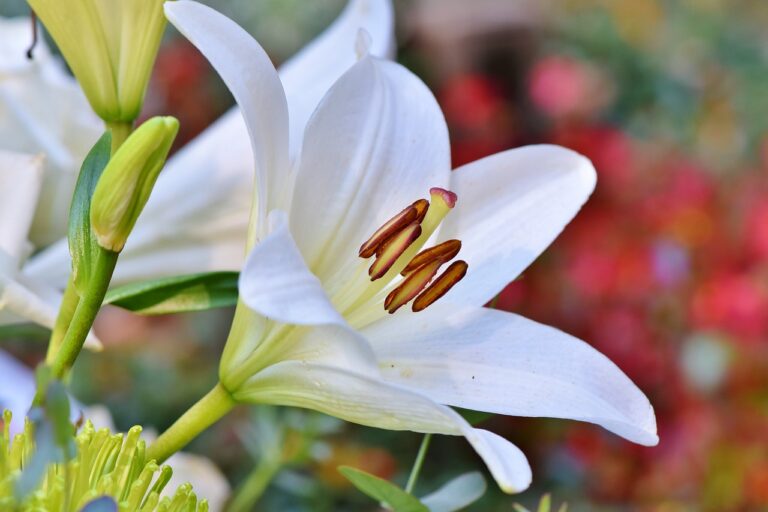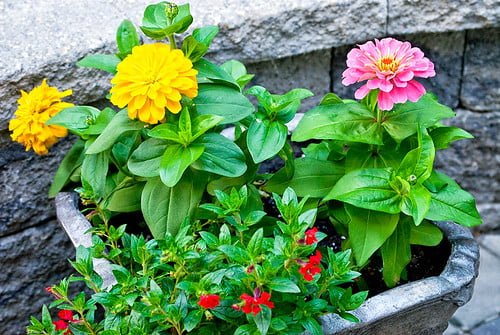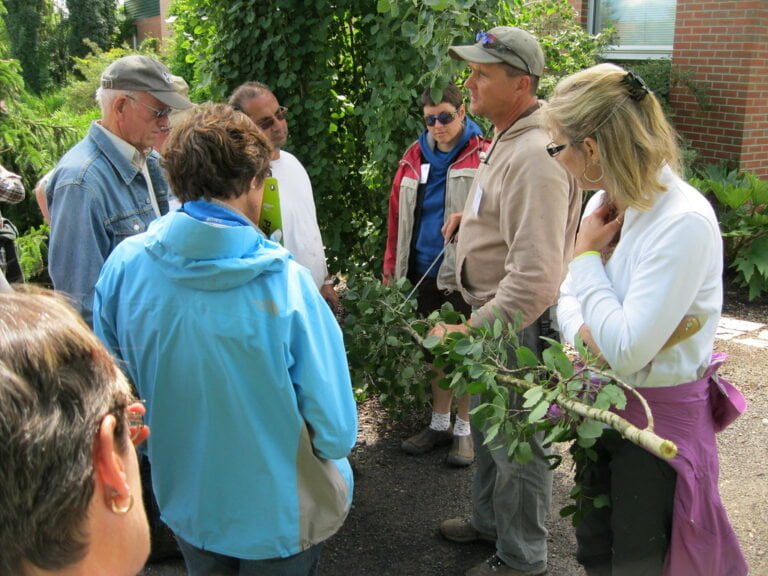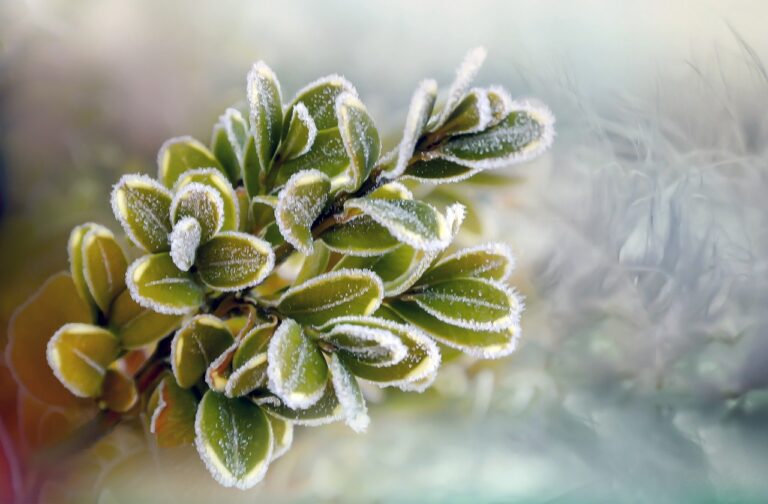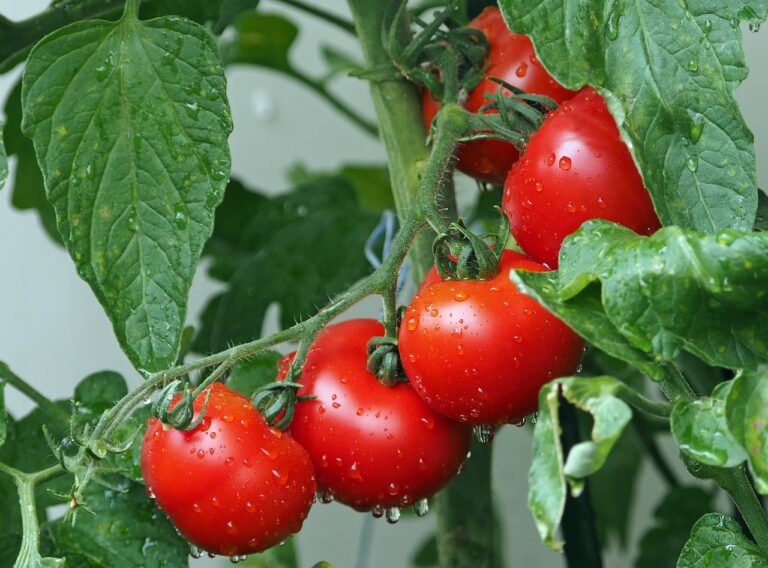Guide to Trellising Cucumbers in a Raised Garden Bed
I suggest using redwood or cedar for a strong cucumber trellis in a raised garden bed. These materials offer durability and sturdy support, lasting for years with proper care. Tools such as an impact driver and wood drill bit are crucial for construction. Maintaining the trellis with linseed oil extends its lifespan. Utilize the trellis to enhance plant health, prevent diseases, and increase yields. Building the trellis involves basic materials like 2×4 boards and deck screws, ensuring stability with corner braces. This setup promotes excellent cucumber growth without overcrowding. Choosing the right trellis material is crucial for successful cucumber cultivation.
Selecting the Right Trellis Material
When selecting the best trellis material for cucumbers in a raised garden bed, choose redwood or cedar because of their resistance to rot and durability in outdoor weather conditions. Redwood and cedar are great options as they can endure the elements and last for several years, especially with proper care. These materials offer a strong support structure necessary for climbing plants like cucumbers in the garden.
Trellises constructed from redwood or cedar are not only long-lasting but also provide sturdy support for the vines of climbing plants. Typically, chicken wire or hardware cloth is used in combination with redwood or cedar to create the trellis framework. These materials complement each other well to establish a dependable structure that can bear the weight of the plants as they grow and produce cucumbers.
The inherent rot-resistant characteristics of redwood and cedar make them perfect for outdoor use, ensuring that the trellis remains steady and functional throughout the growing season. Moreover, the visual appeal of redwood and cedar enhances the beauty of the garden while serving a practical function. By selecting the appropriate trellis material and giving it the necessary care, you can establish an environment conducive for your cucumber plants to flourish and yield a bountiful harvest.
Tools Needed for Trellis Construction
To build a sturdy cucumber trellis efficiently, gather essential tools such as an impact driver, wood drill bit, diagonal cutter, and crown stapler. These tools are vital for the trellis construction process. When selecting materials, opt for 2x2x8 redwood boards, chicken wire or hardware cloth, carriage bolts, nuts, washers, and galvanized steel staples. The impact driver and wood drill bit play significant roles in ensuring the secure assembly of the trellis frame and legs. The redwood boards provide durability and strength, while the chicken wire offers the perfect support for cucumber vines to climb.
Start by cutting the redwood boards to desired lengths using the diagonal cutter. Seal the joints with wood glue to improve stability. Pre-drill pilot holes in the wood to prevent splitting when attaching components. Use carriage bolts to connect the legs securely. The crown stapler comes in handy for fastening the chicken wire to the frame. This meticulous construction approach guarantees a long-lasting trellis that optimizes garden space efficiently. By employing the right tools and materials, you can create a reliable structure that supports the vertical growth of cucumbers effectively.
Choosing Trellis Wood and Maintenance
For peak durability and resistance against decay, selecting redwood or cedar for trellis construction is highly suggested. These woods have natural properties that make them perfect for outdoor use, standing up well to weathering and moisture. To further safeguard the trellis wood, applying raw linseed oil can help preserve its integrity over time. When positioning the trellis, consider ideal sun exposure for the plants it will support. Placing the trellis to allow upward growth not only saves garden space but also promotes healthier plants by maximizing sunlight absorption.
In terms of maintenance, regular upkeep is essential to prolong the lifespan of the trellis. Sealing joints where pieces of wood meet can prevent water from seeping in and causing damage. Additionally, using quality materials from the outset will ensure a sturdy structure that requires less maintenance in the long run. By investing time and effort into maintaining the trellis, you can enjoy its benefits for years to come while providing strong support for your cucumber plants.
Utilizing Trellis for Cucumber Growth
Using a trellis for cucumber growth improves plant health and maximizes garden space efficiently. Cucumbers are well-suited for trellising in raised beds due to their natural tendency to climb. By training cucumbers to grow vertically on a trellis, you can prevent issues like powdery mildew and fruit rot that commonly occur when the fruit comes into contact with the soil. The vertical growth provided by the trellis saves valuable space in the garden, allowing for more plants in a limited area.
Trellises not only support the weight of the cucumber vines but also promote better air circulation around the plants. Improved air circulation helps reduce the risk of diseases and encourages healthy growth. Additionally, trellising ensures that the cucumber plants receive ideal sunlight exposure, which is essential for photosynthesis and fruit development.
The use of trellises in raised beds can lead to higher yields as the plants are better organized, making harvesting easier. Maintenance tasks such as pruning, pest control, and harvesting become more manageable when cucumbers are trellised. Overall, utilizing a trellis for cucumber growth in raised beds is a space-saving and practical technique that boosts plant health, increases yields, and simplifies garden maintenance.
Constructing the Cucumber Trellis
Having understood the advantages of trellising cucumbers in raised garden beds, the initial step in this process involves constructing a sturdy cucumber trellis using basic materials like 2×4 boards and deck screws. To begin, cut two pieces of 2x4x33 inches and four pieces of 2x4x12 inches for the frame assembly. Arrange the 33-inch pieces vertically and attach the 12-inch pieces horizontally to form a rectangular frame. Guarantee stability by adding corner braces at each joint and secure them with deck screws.
Next, take the 100 feet of plastic clothesline and fasten it securely to the frame using nails or screws. Run the clothesline horizontally and vertically across the frame to create a grid-like structure for supporting the cucumber plants. This setup will provide ample space for the vines to climb and the cucumbers to grow without overcrowding.


